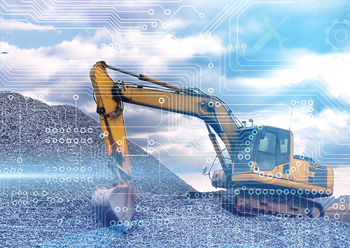
 AI has the power to fundamentally impact site coordination.
AI has the power to fundamentally impact site coordination.
Atificial intelligence (AI) is set to become an integral part of the construction process. With building information modelling (BIM) extending further across the project lifecycle, the shift to data-driven design and construction is resulting in increasing amounts of data being generated in all phases of a project.
Stakeholders throughout the design-and-build value chain are spending more and more of their time as information managers attempting to organise and synthesise the meaning of this information. AI and machine learning (ML) techniques are proving to be powerful tools to maximise the value and realise the potential of data to drive timely decisions faster, impacting architecture, engineering, construction, and building operations.
Delivering more with data
Data is the fuel that powers AI. Using historical information, machine learning can forecast future results based on past performance, identify patterns, and generate new insights in ways never before imagined. Planning and design are already benefiting from advanced software tools – like those provided by the Nemetschek Group – which help identify rule-based clashes between models, create accurate construction simulations and schedules, and increase the efficiency of the design stage.
AI has introduced methodologies such as generative design, creating thousands of options in a fraction of the time which are then refined by the designer to meet client requirements. In the future, the use of AI in design will help to automate traditionally manual tasks, providing assistive technology that enables design and planning to be faster, of higher quality, and cost-optimised. The need to deliver projects successfully with fewer resources has driven the need to leverage the insights that AI and machine learning provide.
Maximising the utilisation of available resources is also an important theme for both project managers and construction site staff. The AEC (architecture, engineering, and construction) industry has historically grappled with time and cost overruns, particularly as projects have become larger and more complex. AI – coupled with site monitoring data such as photos, video, and field sensors – holds a key to overcoming these challenges, improving project monitoring and risk management. By identifying common patterns that lead to problems and alerting project managers, corrective action can be taken sooner, before issues become critical and impact progress. Similarly, risks identified and prioritised by AI systems help teams focus resources on the most critical issues. And most importantly, safety risks can be better identified and mitigated in almost real-time to prevent issues before they happen.
Increasing efficiency
On most projects, coordinating the large amounts of workers, materials, and machinery presents significant logistical and scheduling challenges. Here, too, is where AI has the power to fundamentally impact site coordination. Planning site deliveries and sourcing materials are areas that will see significant improvements as more efficient routes, loading patterns, and inventory management are offered by AI solutions. Downtime will be minimised and managed effectively as resource utilisation will be better planned for material tracking and equipment utilisation. This trend continues downstream to materials suppliers and equipment manufacturers, who will optimise their quality control, procurement, inventory management, pricing, and delivery systems by integrating AI into their processes. As the management and monitoring of the construction process is particularly complex, AI will provide substantial benefits in this area.
While efficiency has been the main driver for AI in the construction industry, there is an increased focus on the end-user’s requirements and the desire for more sustainable buildings. Once a project is completed, AI continues to offer advantages throughout the asset’s operation. Sophisticated facilities management systems that integrate information from internet-enabled sensors and other data capture equipment are rapidly becoming commonplace.
No other emerging technology has the potential to disrupt and transform the entire building life cycle to the extent that AI will. With data playing an increasingly important part of the design, construction, and operation process thanks to BIM, leveraging the power of AI to enhance efficiency even further and meet user demands is the next logical step in the evolution of the AEC/O industry.
* Nemetschek Group is a pioneer for digital transformation in the AEC/O industry. With its intelligent software solutions, it covers the entire lifecycle of building and infrastructure projects and guides its customers into the future of digitalisation. As one of the leading corporate groups worldwide, the Nemetschek Group increases quality in the building process and improves the digital workflow of all those involved in the building process. This makes it possible to design, build and manage buildings with greater efficiency, sustainability and environmental compatibility in terms of resources. The focus is on the use of open standards (OPEN BIM). The portfolio also includes digital solutions for visualisation, 3D modelling and animation. The innovative products of the 15 brands of the Nemetschek Group in the four customer-oriented segments are used by approximately six million users worldwide.






.jpg)




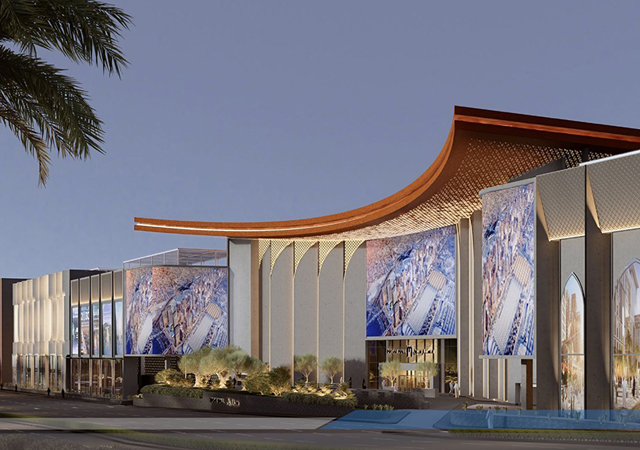


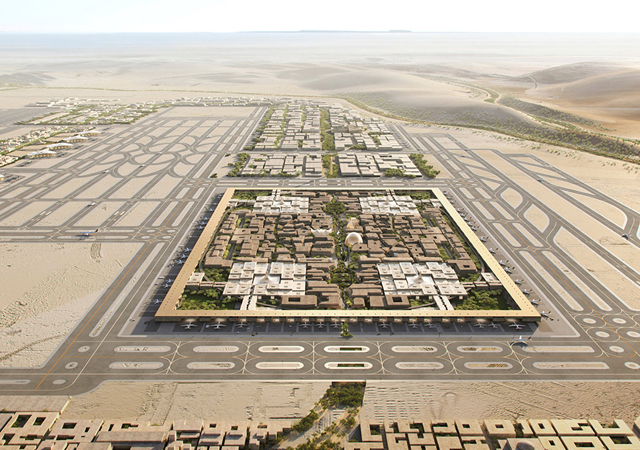

.jpg)








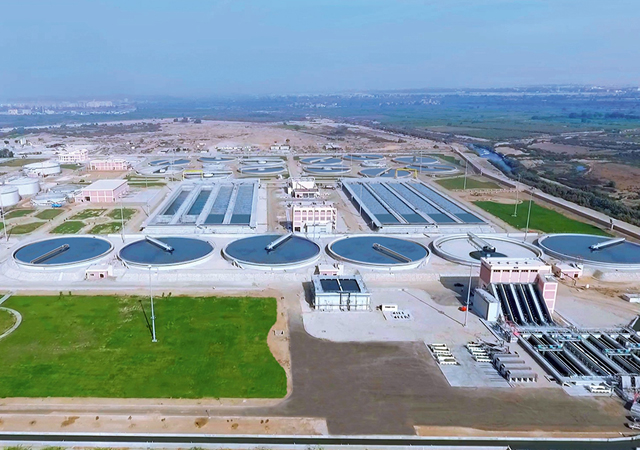







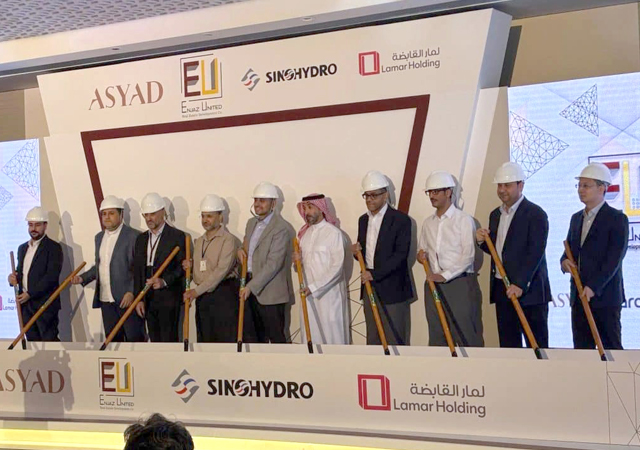
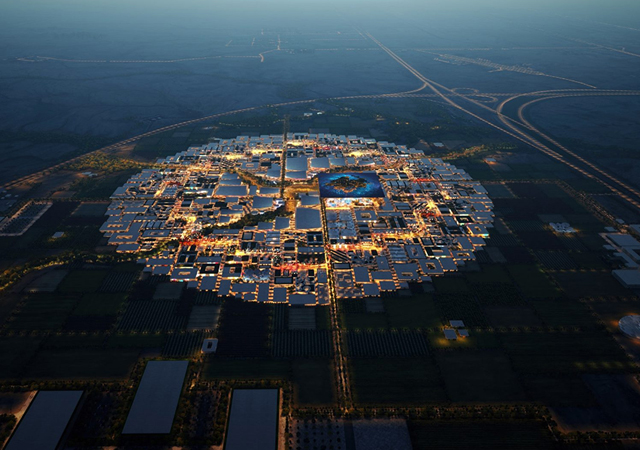
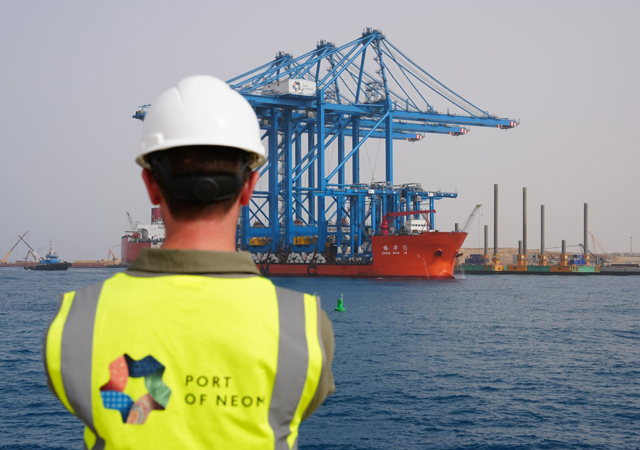

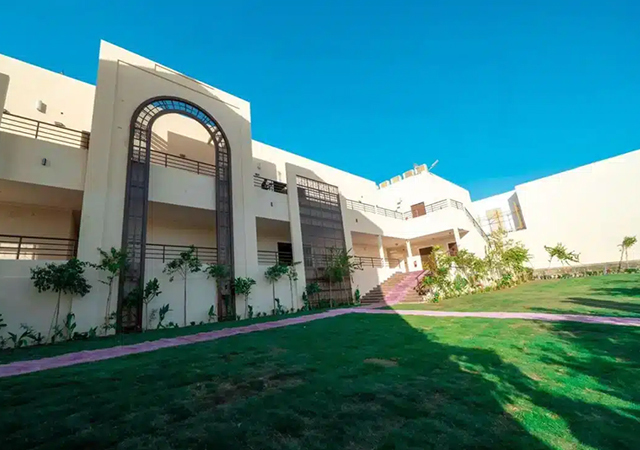

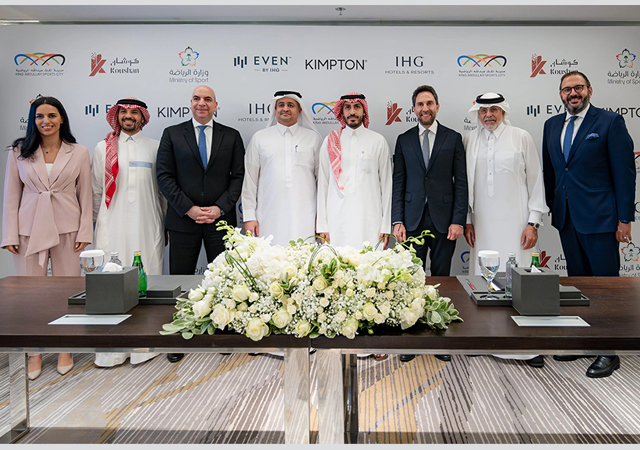







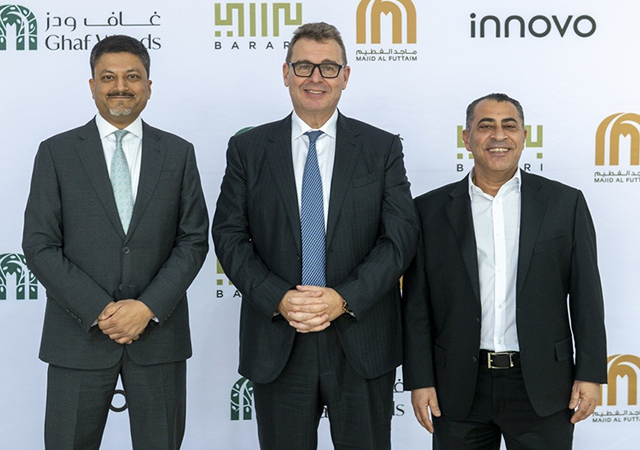

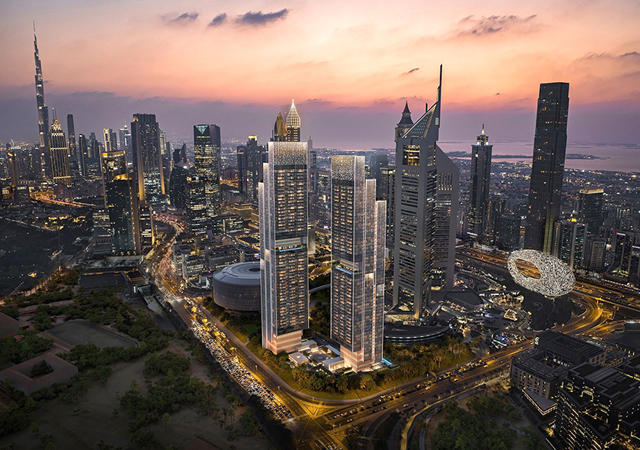



.jpg)


